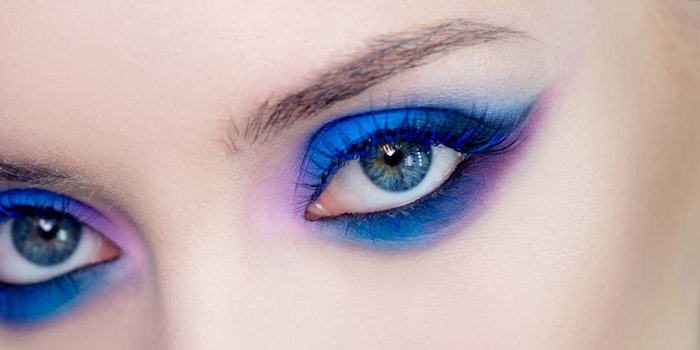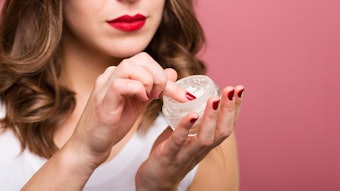
Color cosmetics are expected to last; to adhere to skin until removed by the user. However, the skin secretes sebum (fatty media) and sweat (aqueous media), posing a challenge to create products with long wear, comfort and durability.
Consequently, according to these inventors, there is still a need for optimized cosmetic pigments with lasting adherence to the skin of the consumer. Especially of interest are "omniphobic" pigments, meaning those that are suitable for human skin that resist both sebum and sweat.
The Market Need
According to the patent application, in cosmetics, the use of inorganic pigments is widespread thanks to their various properties. Inorganic cosmetic pigments are mainly metal oxides such as titanium dioxide (TiO2), iron oxides including Fe3O4, or hydroxylated magnesium silicate.
Some attempts have been made to improve their properties by modifying the surface of metal oxide particles with fluorinated compounds such as perfluorooctanoic acid (PFOA). However, recent studies have raised potential concerns connecting fluorinated compounds with cancer, and a negative impact on the environment. Thus, there is an immediate need for omniphobic pigments that avoid the use of fluorinated molecules.
The Invention
Process for manufacturing omniphobic cosmetic pigments
U.S. Pat Application 20200155441
Publication date: May 21, 2020
Assignee: Commissariat a L'énergie Atomique et aux Energies Alternatives; Centre National de la Recherche Scientifique; and Miyoshi Europe, S.A.S.
According to this patent disclosure, the applicants have surprisingly discovered that cosmetic pigments comprising a metal oxide core on which are adsorbed poly(β-(1→4)-D-glucosamine) chains, partially or totally N-acetylated, have omniphobic properties. Said pigments are reportedly manufactured thanks to a specific process that implies a precipitation step by abrupt modification of the pH of the reaction medium. The present invention also relates to the process for manufacturing said omniphobic cosmetic pigments, and their uses.
Patent application accessed on June 15, 2020.










